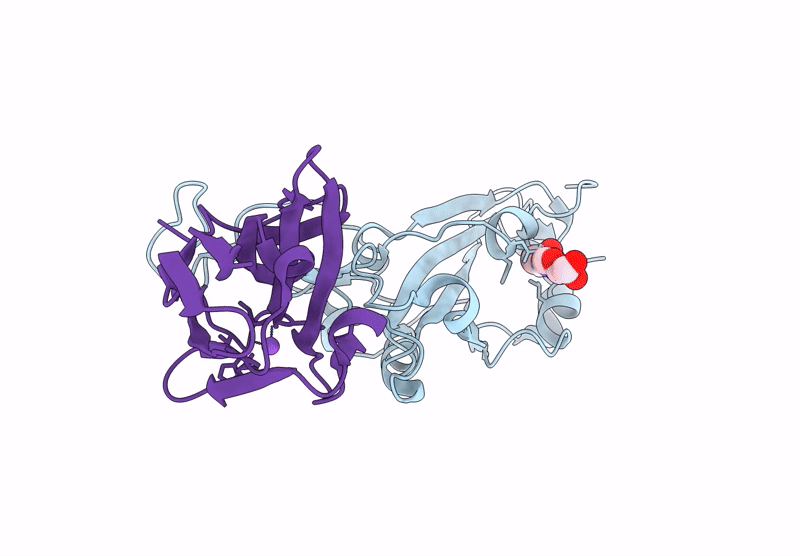
Deposition Date
2024-07-13
Release Date
2025-07-16
Last Version Date
2025-07-16
Entry Detail
PDB ID:
9IQP
Keywords:
Title:
Crystal structure of the Wuhan SARS-CoV-2 Spike RBD (319-541) complexed with 1p1B10 nanobody
Biological Source:
Source Organism:
Severe acute respiratory syndrome coronavirus 2 (Taxon ID: 2697049)
Camelus bactrianus (Taxon ID: 9837)
Camelus bactrianus (Taxon ID: 9837)
Host Organism:
Method Details:
Experimental Method:
Resolution:
1.55 Å
R-Value Free:
0.20
R-Value Work:
0.17
Space Group:
C 1 2 1


